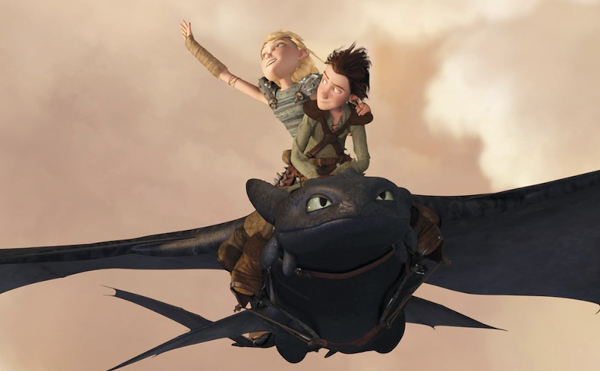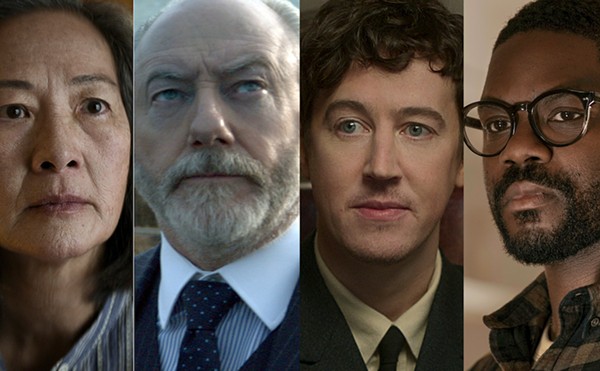The weirdest (and saddest) map mashup ever is the “Access Denied Map.” This ever-growing online map highlights countries whose internet-filtering governments won’t let their citizens access the Access Denied Map. This hall of digital censorship mirrors (which you can visit at advocacy.globalvoicesonline.org/maps/) was created by activist Sami Ben Gharbia, who wanted to call people’s attention to countries cracking down and blocking user-generated content on YouTube, Flickr, Blogspot, Livejournal, Facebook, MySpace, and Wikipedia, along with many other blogs and social networks.
Writes Gharbia in his blog, “Over the last half-year, governments in China, Tunisia, Syria, Turkey, Burma, Thailand and Morocco have all cut off access to video-sharing websites.” His map shows the world with pins marking each region where activists report that they’ve lost access. The more sites blocked, the darker the pins get. Clicking on the pins gives you a detailed explanation of what sites are being blocked, for how long, and which groups are doing the blocking.
It’s a handy way to visualize global censorship. Most of the blocked sites are publishing networks where amateurs can post whatever they like, in a variety of media formats, to personal accounts. More importantly, these websites are social gathering places. People on YouTube can form video-sharing networks with groups of online friends, and bloggers do the same thing with text and audio files. Blocking these sites doesn’t just destroy people’s ability to speak. It prevents them from assembling.
For the governments blocking sites like YouTube, it’s clear that assembly is really what they’re worried about. Sure, in some cases the content might strike certain regimes as objectionable. But what makes these seemingly innocuous sites so dangerous is that their software is designed to help every creator reach an audience instantly. When you post a new movie of your cat on YouTube or your blog, for example, that movie doesn’t just sit there waiting to be seen. Your social-network friends or subscribers are notified immediately. Everything you create comes with a built-in megaphone that yells right into the ears of people who want to hear what you have to say.
You can imagine how this kind of system would work in a repressive political regime. You post a movie of somebody being kidnapped by the secret police, and your network of contacts all over the world is instantly notified. They can download and save the movie before your repressive regime has time to figure out you’ve done something naughty and forces you to take the movie down. Even if they do force you to take it down, they can’t force people in other countries to stop republishing it. From the repressive government’s point of view, it’s better just to block any site that allows you to publish media to a group of friends. Cut the network off before it starts.
So the Access Denied Map is a map of places where people cannot network. And that’s a powerful idea, but I’d like to see it go a lot farther. Because social networks are being blocked by repressive institutions as well as nations. Within the United States, YouTube, LiveJournal, MySpace, and many other sites for networks are being blocked by universities, the military, and corporations. Usually the reason given is that people are goofing off with these sites, or viewing unsavory materials. But I don’t think that’s the real reason. These institutions want to prevent people from assembling and sharing their creations. After all, you never know where a network will go. A group of friends who share movies, with the right impetus, could become a subversive movement. Better just to block any website that would make such a thing possible.
The Access Denied Map we need would show us the places in our own cities where people cannot network. I think the number of markers on that map would surprise you. •
Annalee Newitz ([email protected]) is a surly media nerd whose plan is to keep the networks going until the bitter end.
________________________________________________
SURF’S UP>>
A PITHY GUIDE TO RIDING THE WEB
sarisafari.com: I can’t believe I’m doing this, but in the spirit of holiday giving, I share with you sarisafari.com. Need curtains, a table-runner, or tree skirt? Got an exotic decorating flare or know a friend (in need of presents) who does? This is your one-stop shop, baby. A single, strategically cut, 9-foot, genuine Indian sari made me two longish curtain panels and two short ones (well, with the help of that iron-a-seam ribbon). Easy-peasy.















